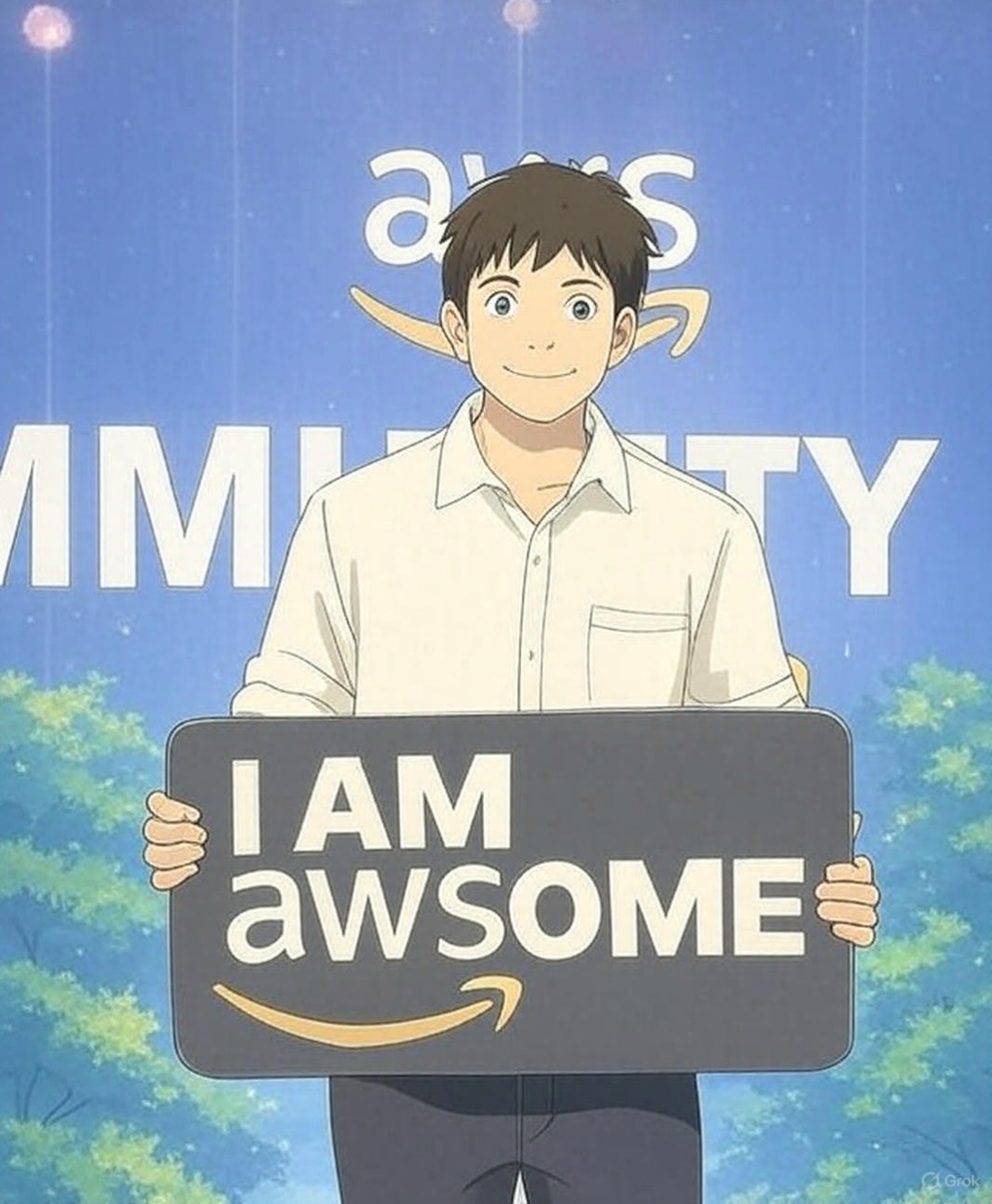How Ghibli-Style AI Turns Your Photos into Magic: The Tech Behind the Trend
Hey there, You’ve probably noticed this wild trend taking over the internet lately people turning their regular photos into these breathtaking, Studio Ghibli, the legendary Japanese animation studio behind Spirited Away and My Neighbor Totoro, has a unique artistic style that captivates audiences worldwide. Recently, AI-powered tools have emerged, allowing users to convert their images into Ghibli-style art. But how do these tools work? What machine learning techniques and AI models are behind the magic?
Before we dive deep, here’s the Ghibli-style artwork I generated using AI! What do you think? 😆

In this blog, we will break it all down in simple terms, exploring the technology, process, and tools that make Ghibli-style AI art possible.
How Does AI Convert an Image into Ghibli Art?
AI uses deep learning techniques to analyze an image and then repaint it in a Ghibli-like style. The main technologies behind this are:
1. Neural Style Transfer (NST)
This is one of the earliest AI techniques for converting images into artistic styles.
- The AI studies Ghibli paintings and understands the unique colors, strokes, and textures.
- It then applies this style to your image while keeping the main details intact.
- This method works well but can sometimes look too digital or over-processed.
2. Multimodal AI (Like GPT-4o):
- OpenAI’s GPT-4o, the spark behind this trend, is a game-changer. It’s not just a text whiz—it can handle photos too.
- You upload your pic, say “make it Ghibli,” and it blends your image with that signature style. It’s like a brainy friend who gets your vision and redraws it in seconds.
- This beast runs on massive cloud servers, crunching data to deliver that wow factor.
3. Generative Adversarial Networks (GANs)
GANs are advanced AI models that create entirely new images by learning from thousands of Ghibli-style artworks.
- There are two parts to GANs:
- Generator: Creates new images.
- Discriminator: Checks if the image looks Ghibli-like.
- These two work together, improving each other until the AI-generated image looks authentic.
4. Diffusion Models (Like Stable Diffusion & MidJourney)
The latest AI models use diffusion techniques, which start with a noisy image and refine it step by step into a beautiful Ghibli-style painting.
- You can even type a prompt like “A Ghibli-style village at sunset” and get a completely original painting.
- Tools like Stable Diffusion and MidJourney use this method to generate high-quality AI art.
Step-by-Step: How AI Transforms Your Image
When you upload an image into an AI-powered Ghibli filter, here’s what happens:
Step 1: Pre-Processing
Step 2: Learning the Ghibli Style
Step 3: Style Application
Step 4: Final Touches
Tools You Can Try Out
Want to jump in? Here’s what I’ve tested and loved:
The Future of AI in Animation & Art
While AI can’t replace human creativity, it can be a powerful tool for artists and designers. In the future, we might see:
AI is here to assist, not replace, human imagination. As artists and tech enthusiasts, we can explore these tools to enhance creativity and storytelling.
Why It’s Everywhere Right Now
This trend exploded when OpenAI updated GPT-4o a few days back. Suddenly, everyone’s at it—turning selfies, group pics, even old memories into Ghibli art. I saw someone transform a busy Indian street into a Ghibli scene, and it blew my mind! It’s fun, it’s fresh, and it’s got that spark we all crave.
What I Think—and What About You?
As an Indian who loves tech and a good story, this hits home. Imagine turning a photo from your last trip or a family celebration into Ghibli art. It’s like giving our moments a magical twist. I’m planning to try it with a pic from my last beach day and share it on X keep an eye out! You should give it a go too play with these tools, see what you come up with, and let me know. Drop a comment or tag me online. I’d love to check out your creations.
Thanks for sticking with me, my awesome readers. You’re the best, and I’ll keep bringing you stuff worth reading. Catch you soon!
Happy learning!